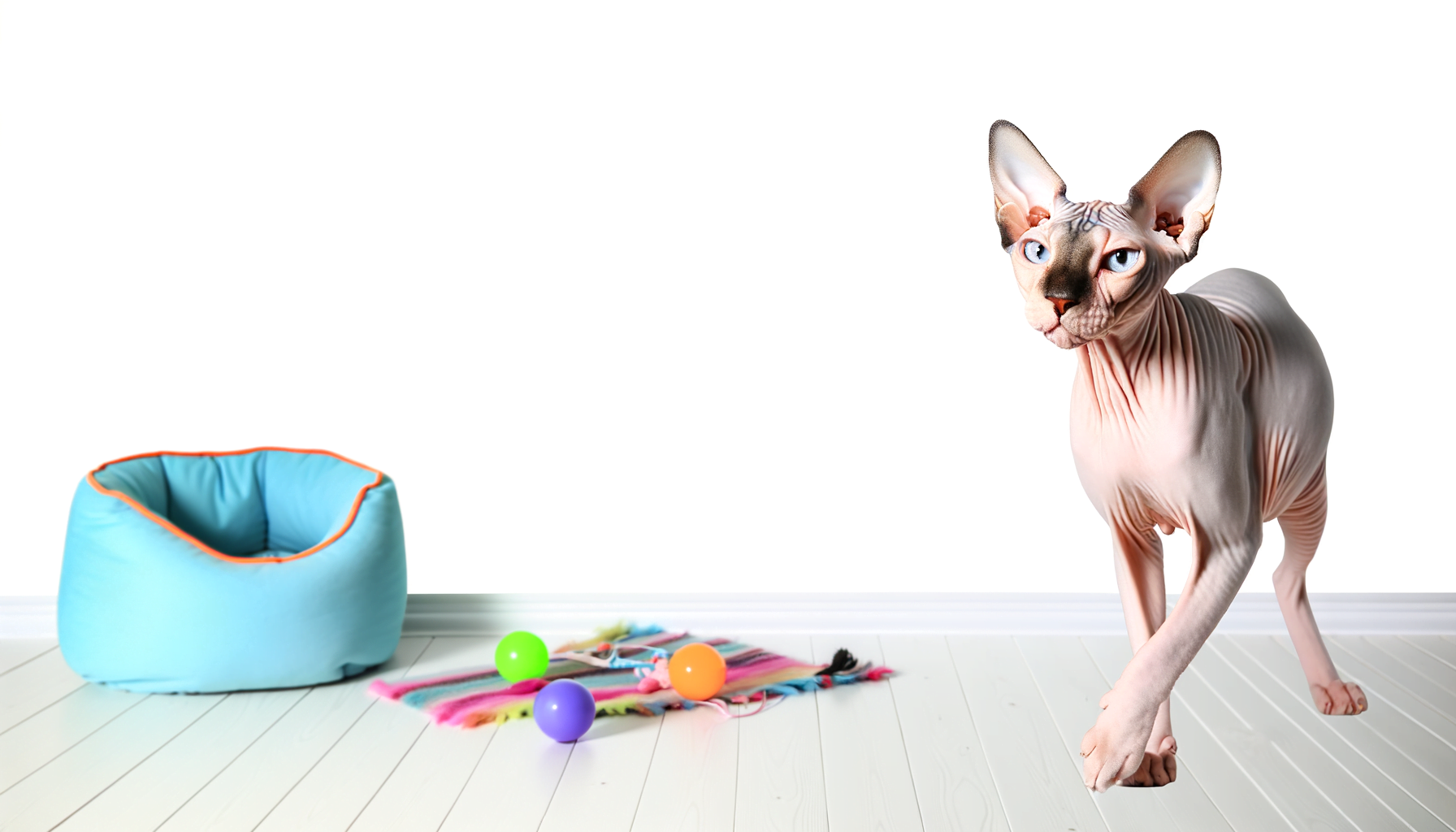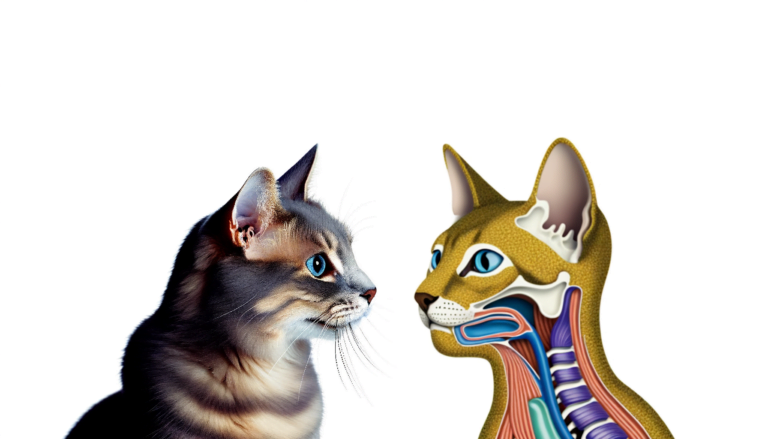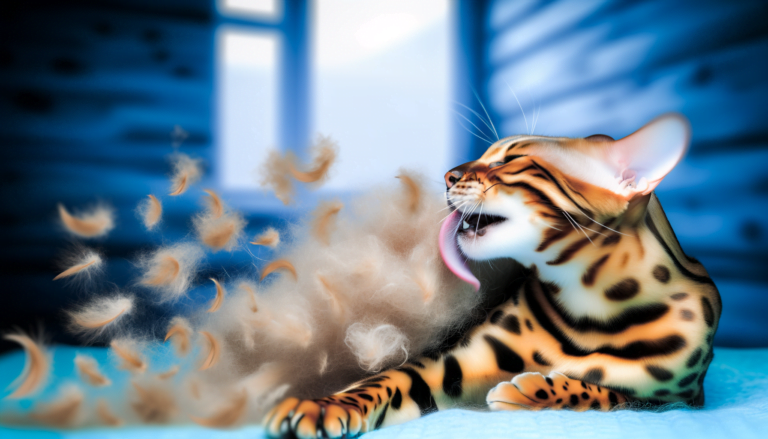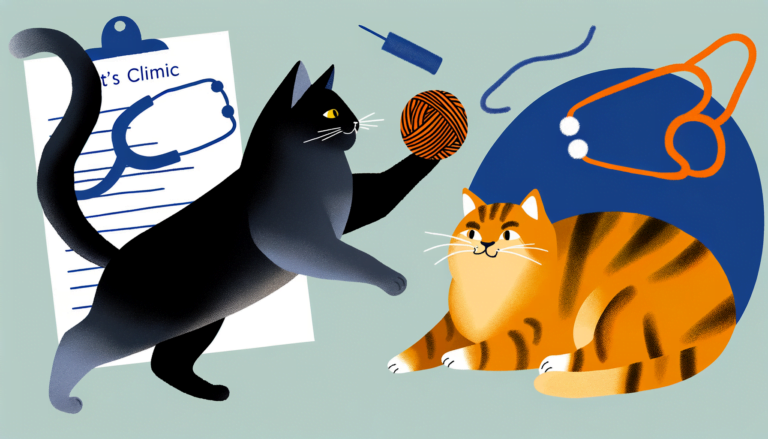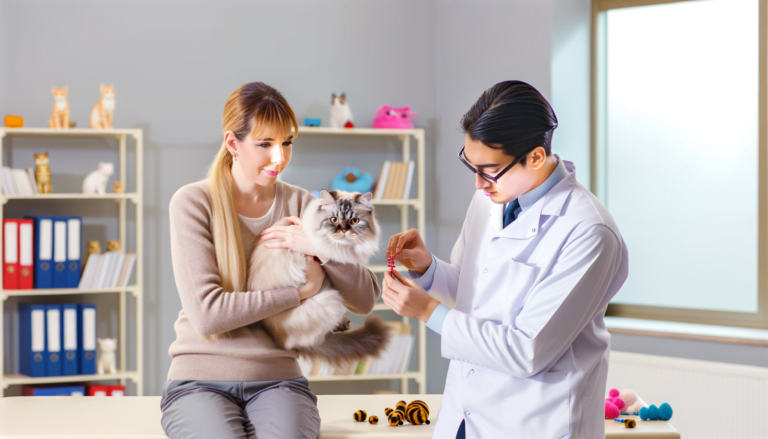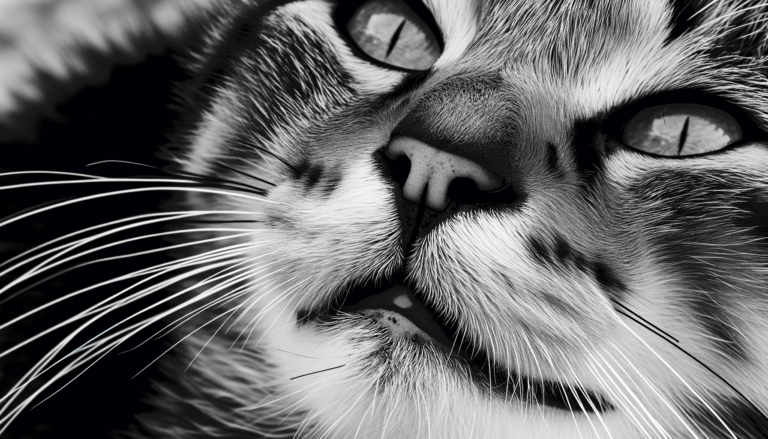Dispelling Myths: Do Hairless Cats Really Defecate on Walls?
No, hairless cats do not inherently poop on walls. It’s essential to note that any cat, regardless of breed, might deviate from using the litter box due to various reasons like health issues, stress, or behavioral problems. Yet, this behavior is not characteristic of hairless cat breeds specifically, such as the Sphynx. Therefore, if a hairless cat or any feline starts soiling places other than its litter box, it would be wise to consult with a veterinarian to identify and address any underlying issues.
Solutions for Rectifying Inappropriate Elimination in Hairless Cats
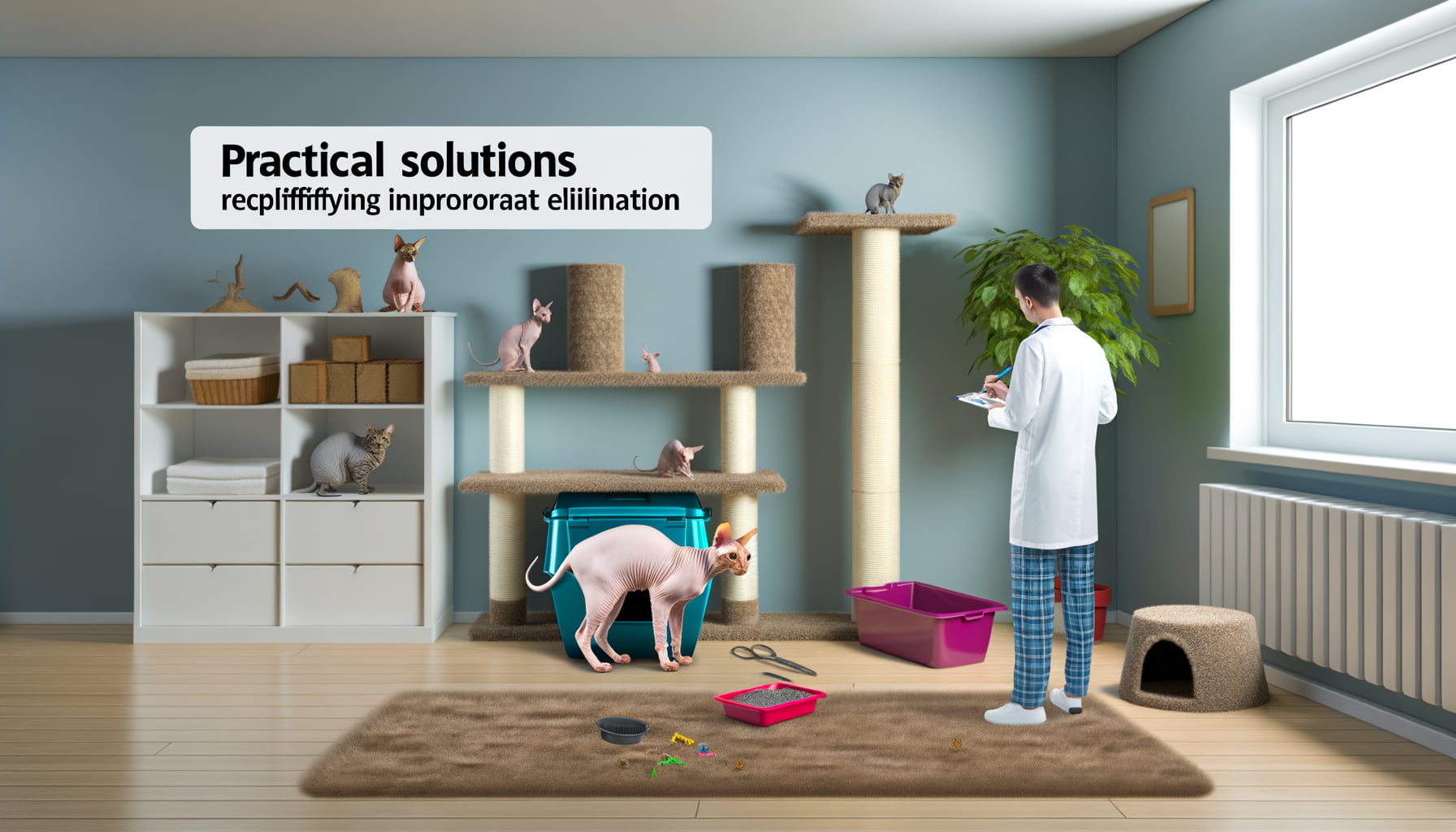
Rectifying inappropriate elimination in hairless cats can often be achieved via a combination of behavioral modifications and environmental adjustments. One strategy is to increase the appeal of the litter box for your feline friend. To achieve this objective, you may need to adjust the size or location of the litter tray, or even switch to a different brand or style.
Moreover, maintaining the cleanliness of the litter box is of paramount importance. Cats are fastidious creatures and may avoid using a litter box if it’s unclean. Consequently, a regular cleaning schedule should be followed to ensure that the litter box remains appealing. Apart from this, introducing a second litter box can sometimes mitigate issues, especially in households with multiple cats.
Lastly, general anxiety can sometimes contribute to inappropriate elimination in hairless cats. Therefore, fostering a calm and stable environment within your home may help regulate your cat’s elimination habits. This could involve minimizing changes in the cat’s routine, introducing new items or people gradually, and providing your cat with plenty of affection and positive reinforcement.
Factors Contributing to Unusual Defecation in Cats
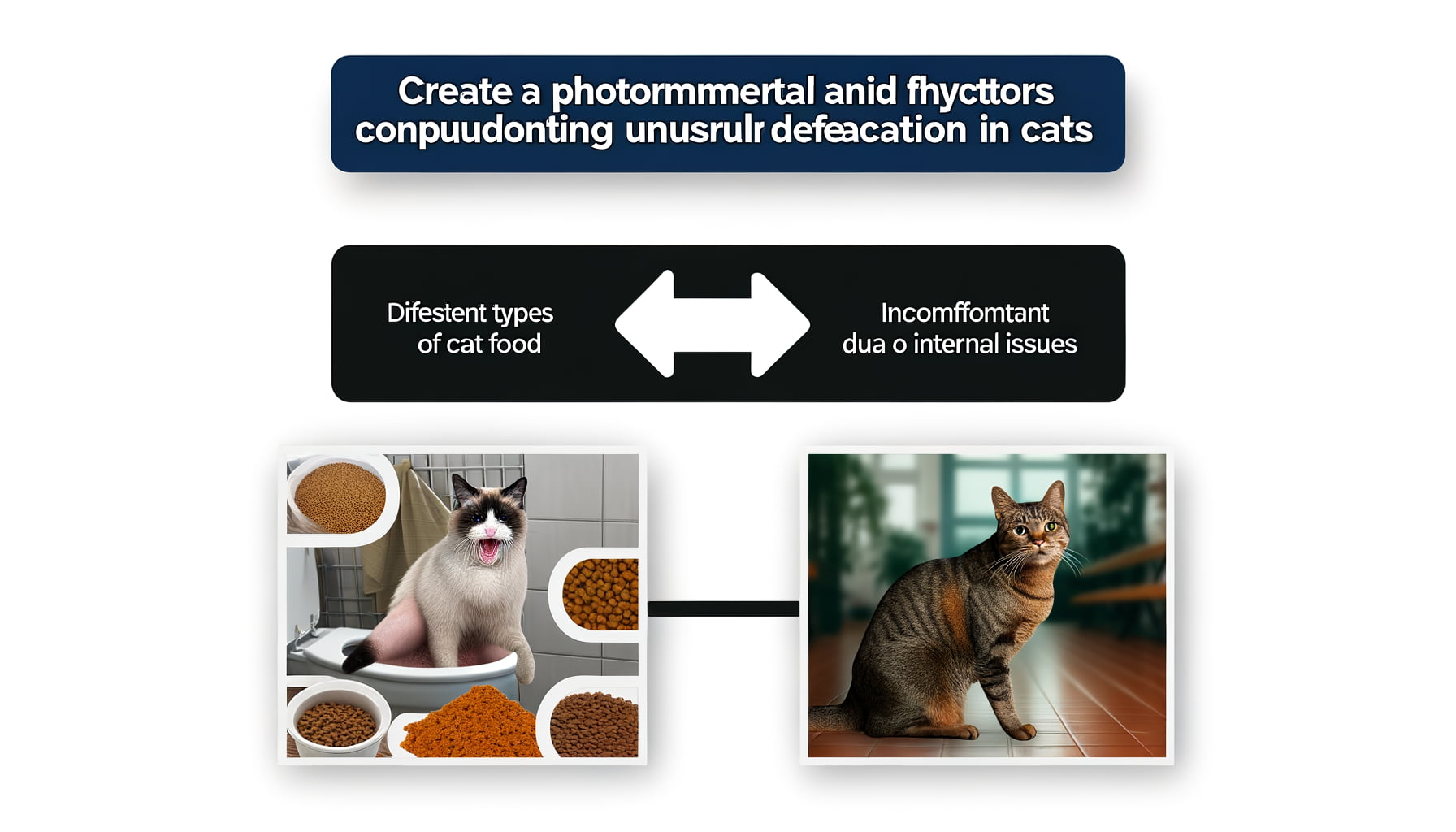
Several influencers may lead to abnormal defecation in cats, including hairless ones. Primarily, underlying health concerns play a crucial role. For instance, digestive issues, urinary tract infections, or distressing diseases like arthritis can initiate the strange elimination pattern. Elderly felines are particularly prone due to age-related diseases and prolonged issues.
Another common contributor is environmental stress. Factors such as a shift in living conditions, a new addition to the family, or even an alteration in the cat’s usual routine can trigger stress. This can, in turn, result in unusual defecation. It’s worth noting that hairless cats, like the Sphynx, have a reputation for being more sensitive to changes in their environment, further amplifying this effect.
Lastly, inappropriate litter box conditions may also account for the behavior. The location, size, or cleanliness of the box could be at fault. Additionally, hairless cats require a warmer litter box due to their lack of fur. If the box fails to meet these unique needs, your feline might rebel and opt for a different location, like your wall.
Myths and Realities: Hairless Cats’ Elimination Habit
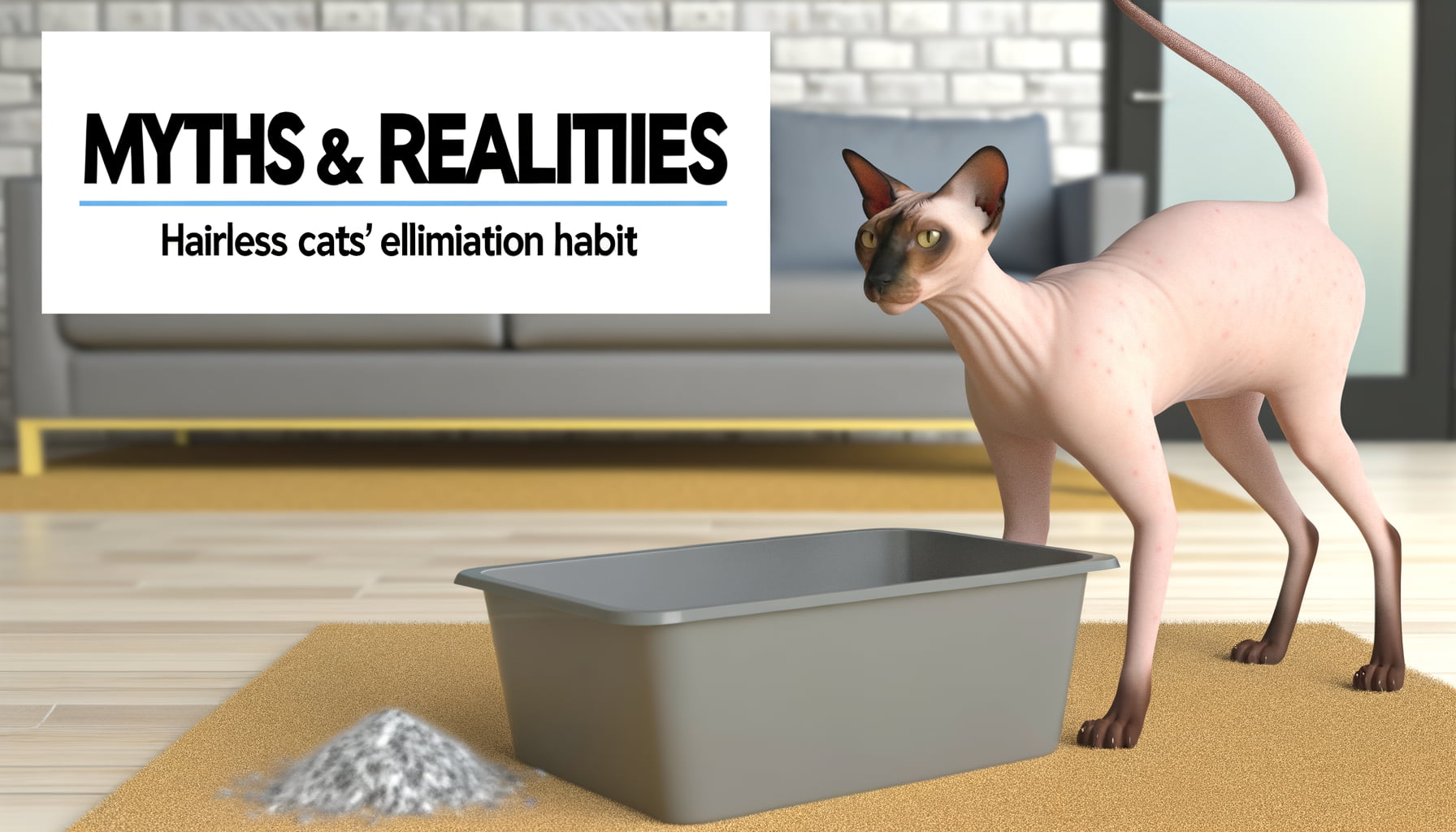
Hairless cats, like their haired counterparts, are largely misunderstood creatures. One stark myth surrounds their elimination behavior, particularly the notion that they have a predisposition for defecating on walls. This misconception may stem from misinterpreted adaptations to the hairless nature of these felines. Notably, their lack of hair doesn’t alter their inherent cat instincts or bodily functions.
The reality is that any cat, irrespective of whether they are hairless or furred, can begin to display irregular elimination habits due to various factors. Stress, health issues, or an unsuitable litter environment contribute to such behaviors. However, no breed-specific trait encourages hairless felines to expel their waste on walls or any other vertical surfaces. These instances are anomalous and signal potential underlying problems rather than a normal behavior pattern.
Conclusively, the view that hairless cats habitually defecate on walls is a myth. This unfounded belief taints an entire breed with an undesirable stereotype, which is neither empirically supported nor a consistent observation among cat owners or specialists. As with any cat-related elimination habit, there’s an array of reasons behind such behaviors, none of which are dictated by the apparent absence of fur.
Understanding The Behavior of Hairless Cats

When examining the behavior of hairless cats, we find that they are as intriguing and complex as their furred counterparts. Despite their somewhat alien appearance, hairless cats, such as the renowned Sphinx breed, showcase a rather affectionate and playful personality. They often seek human interaction, relishing in the warmth our bodies provide, complementing their lack of fur.
Moreover, a distinguishing element of hairless cat behavior is their higher energy level and curiosity compared to many other cat breeds. This increased activity level often translates into more interactive play and exploration. Thus, if we notice any abnormal behavior, such as unusual elimination habits, it may simply be a manifestation of their curious nature or a sign of an underlying issue.
Furthermore, it’s important to note that hairless cats have a faster metabolism, which can directly influence their elimination habits. However, this should not lead to assumptions like the widespread myth that hairless cats tend to defecate on walls. If faced with such issues, it’s always advisable to consult a veterinary behaviorist rather than writing it off as an inherent trait.
Conclusion
Dispelling myths about hairless cats defecating on walls is essential to provide accurate information to the public. Through careful examination of the evidence and expert opinions, it is clear that this belief is nothing more than a baseless rumor. As responsible pet owners, it is crucial to rely on factual information rather than perpetuating unfounded claims.
By dispelling this myth, we can ensure that hairless cats are not unfairly stigmatized and that accurate knowledge guides our interactions with these unique feline companions. Let’s continue to challenge misinformation and promote a better understanding of our pets based on truth and evidence.
